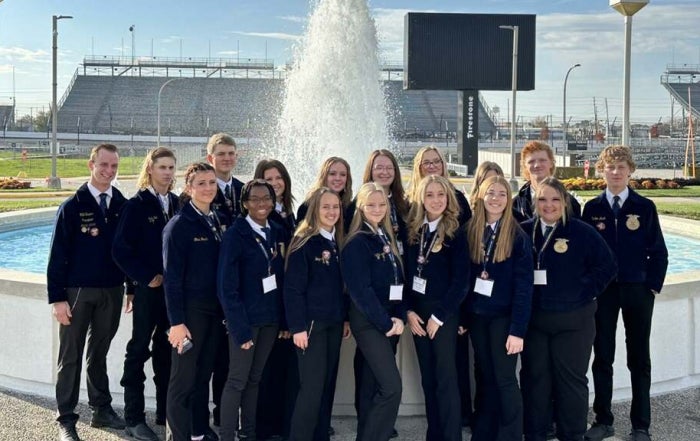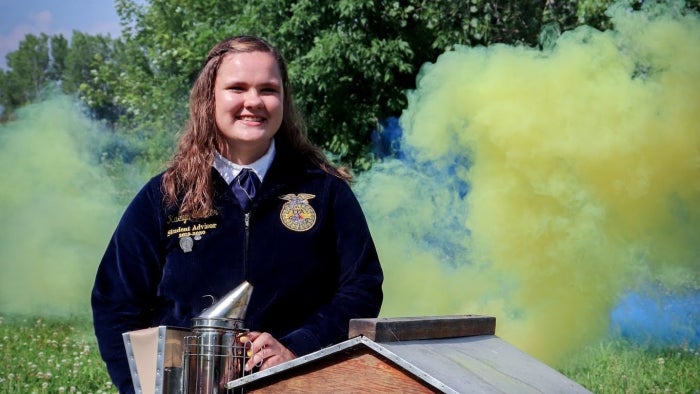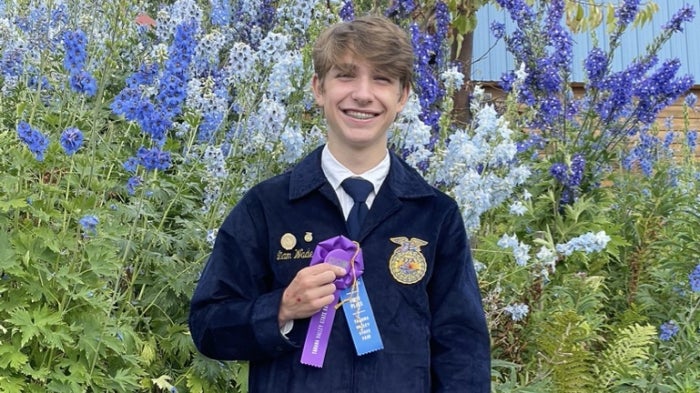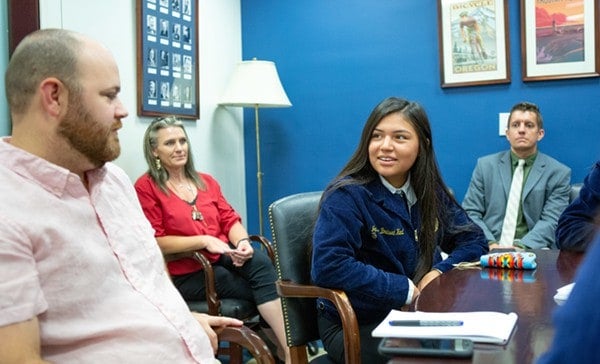
The Agricultural Literacy and Advocacy Model consists of four steps: plan, develop, do and reflect. These modules introduce students to the concept of advocating to four key target audiences: peers, the community, elected officials and elementary students. Each accompanying experience guides students through the planning and execution of an activity and event.
ADVOCACY EXPERIENCE PLANNING GUIDES
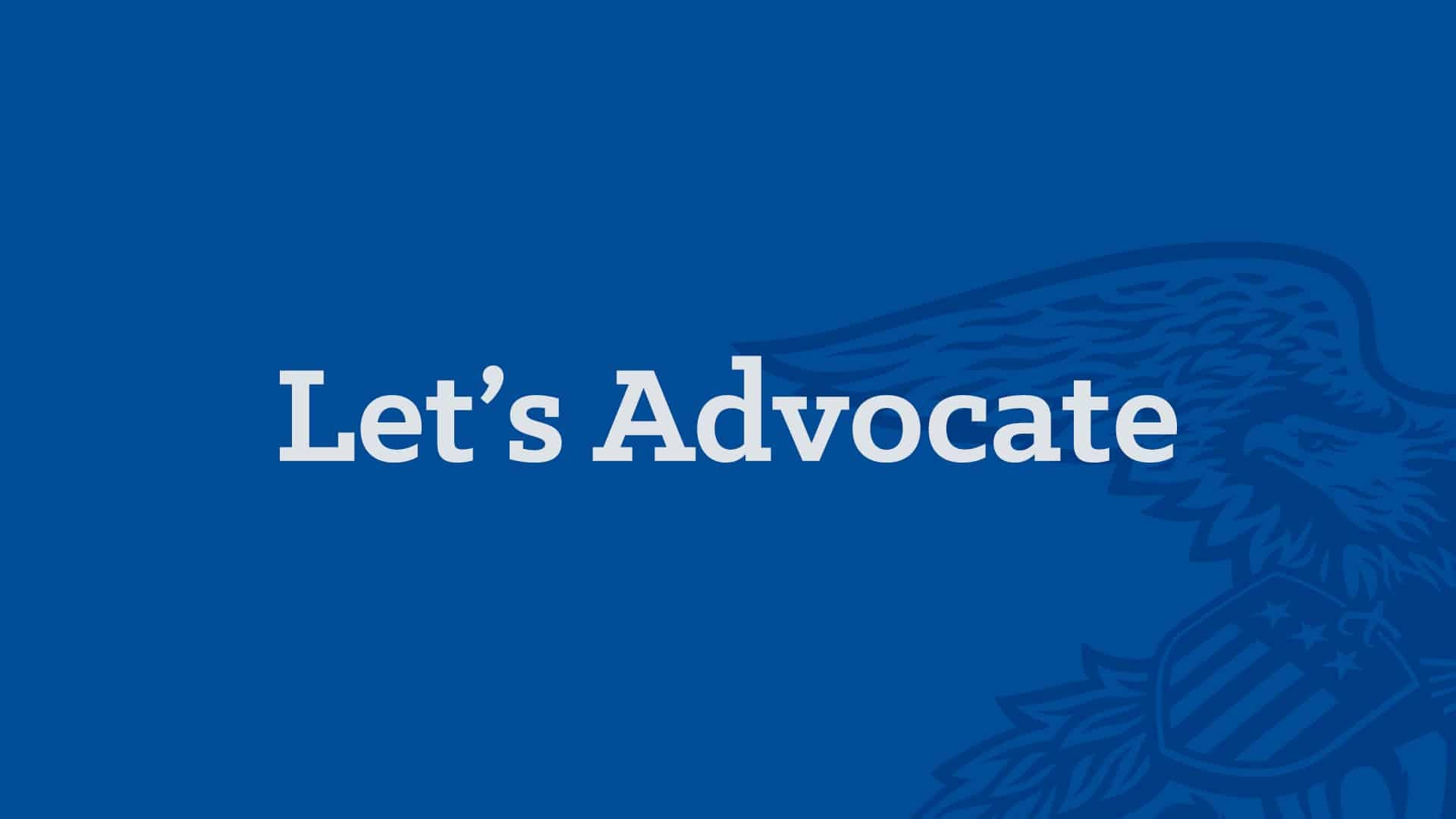
This module introduces students to the concept of advocacy through learning current agricultural facts and definitions that are critical in initiating agricultural advocacy at any level.
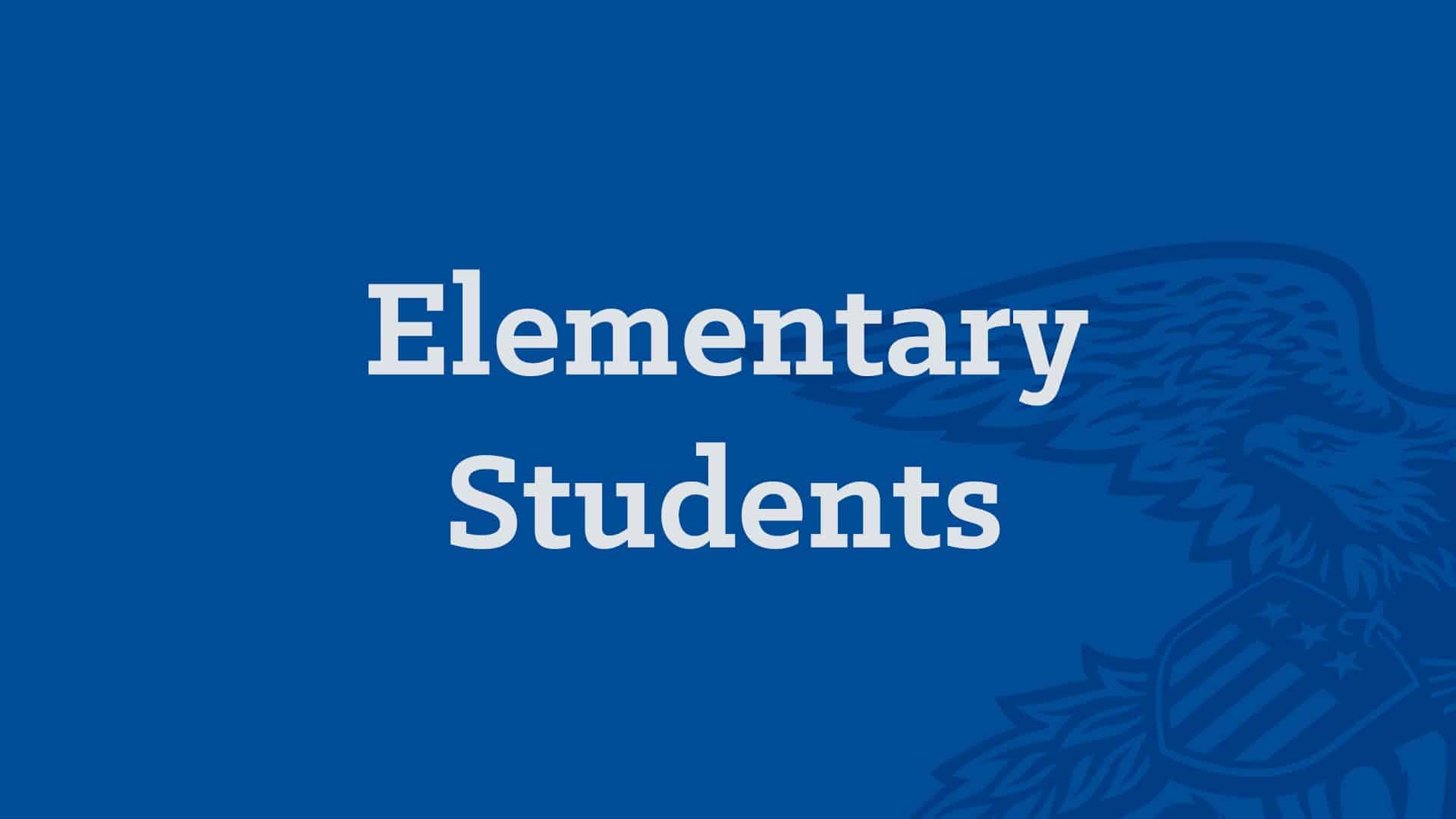
This includes understanding elementary students and their perceptions of agriculture. Successful advocates ensure their messaging is appropriate and direct to their intended audience.
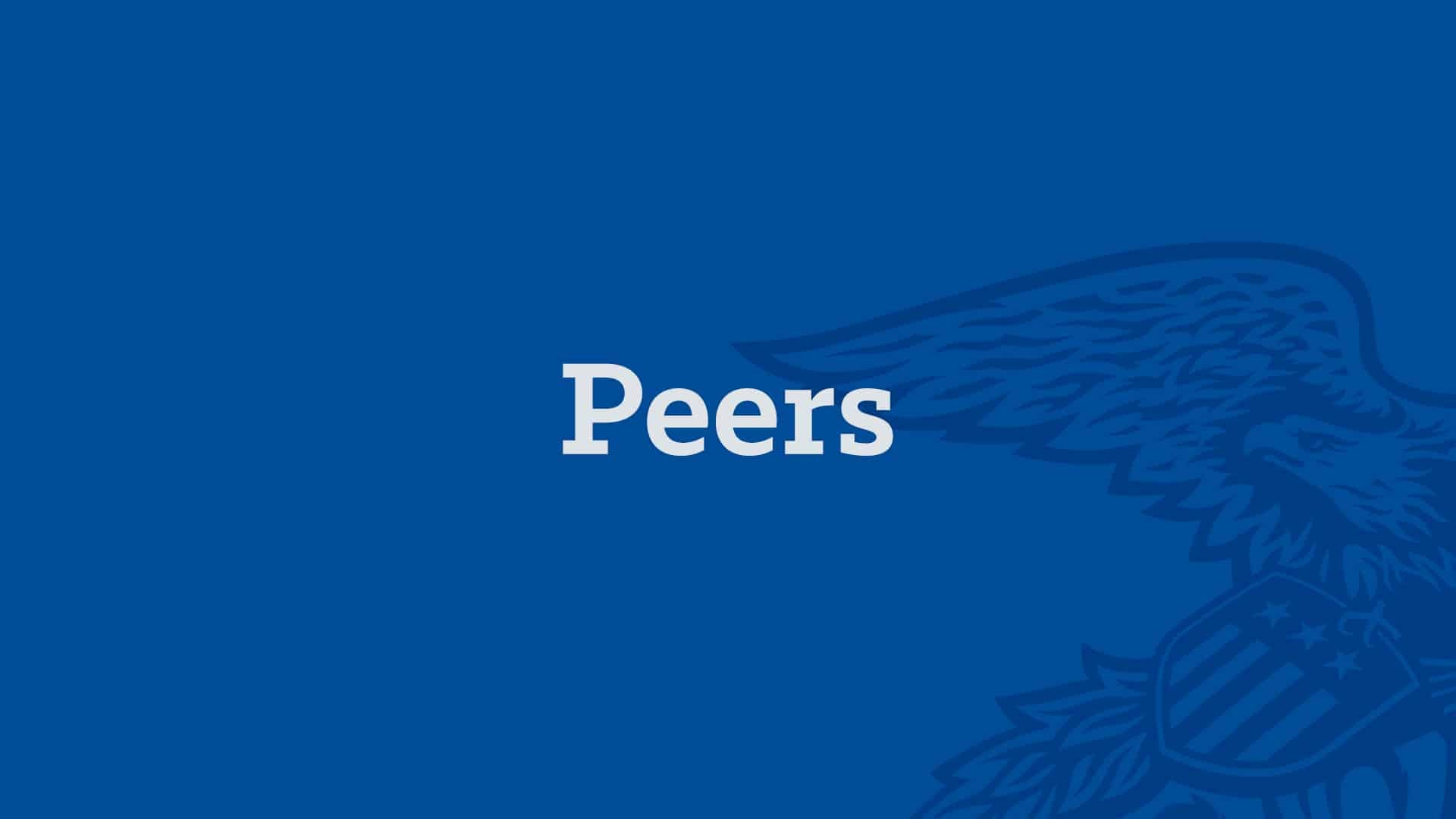
This includes understanding your peers and their perceptions of careers in agriculture. Successful advocates ensure their messaging is appropriate and directed to their intended audience.
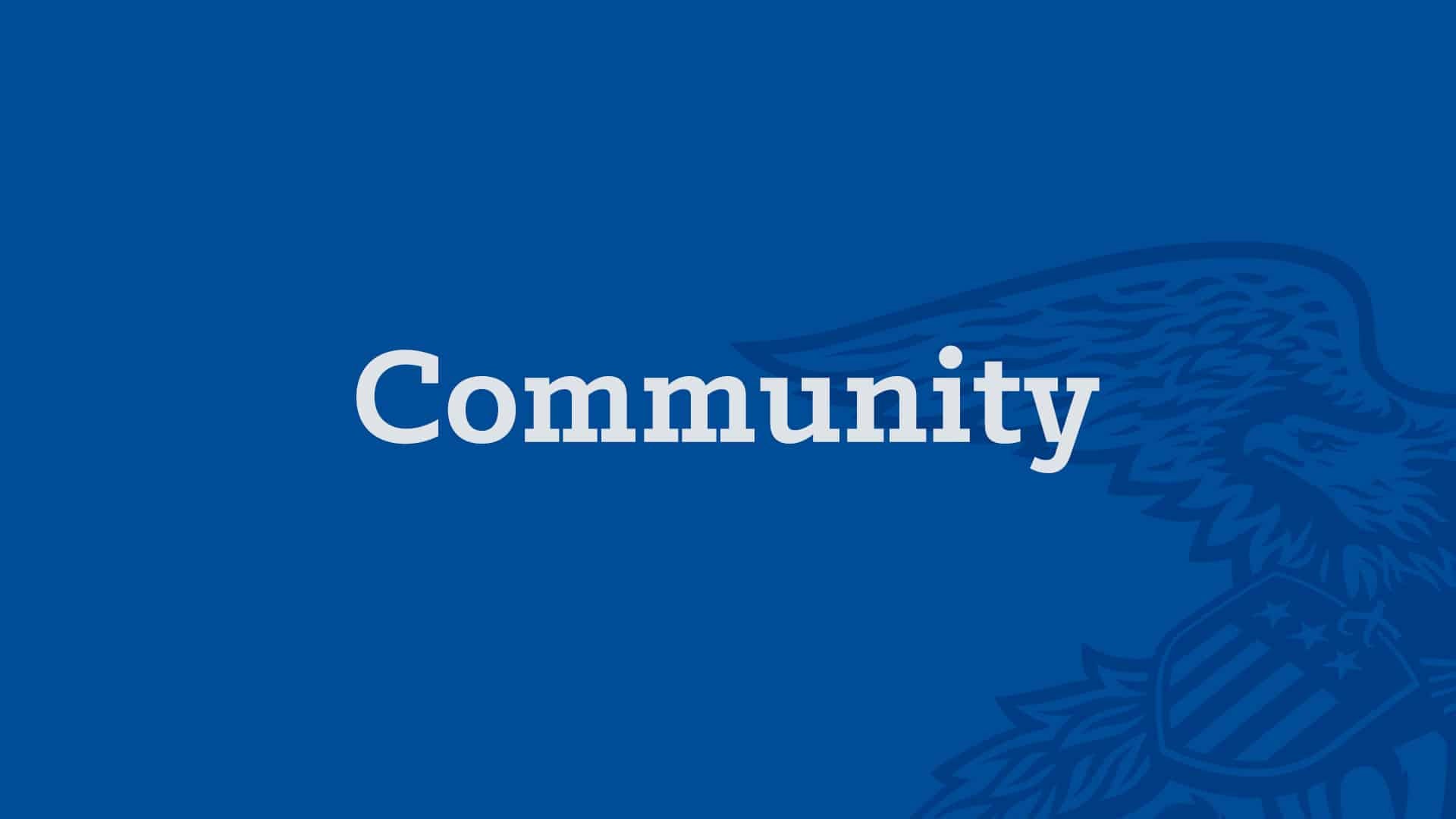
This includes understanding your community and how they might perceive food labels. Successful advocates ensure their messaging is appropriate and direct to their intended audience.
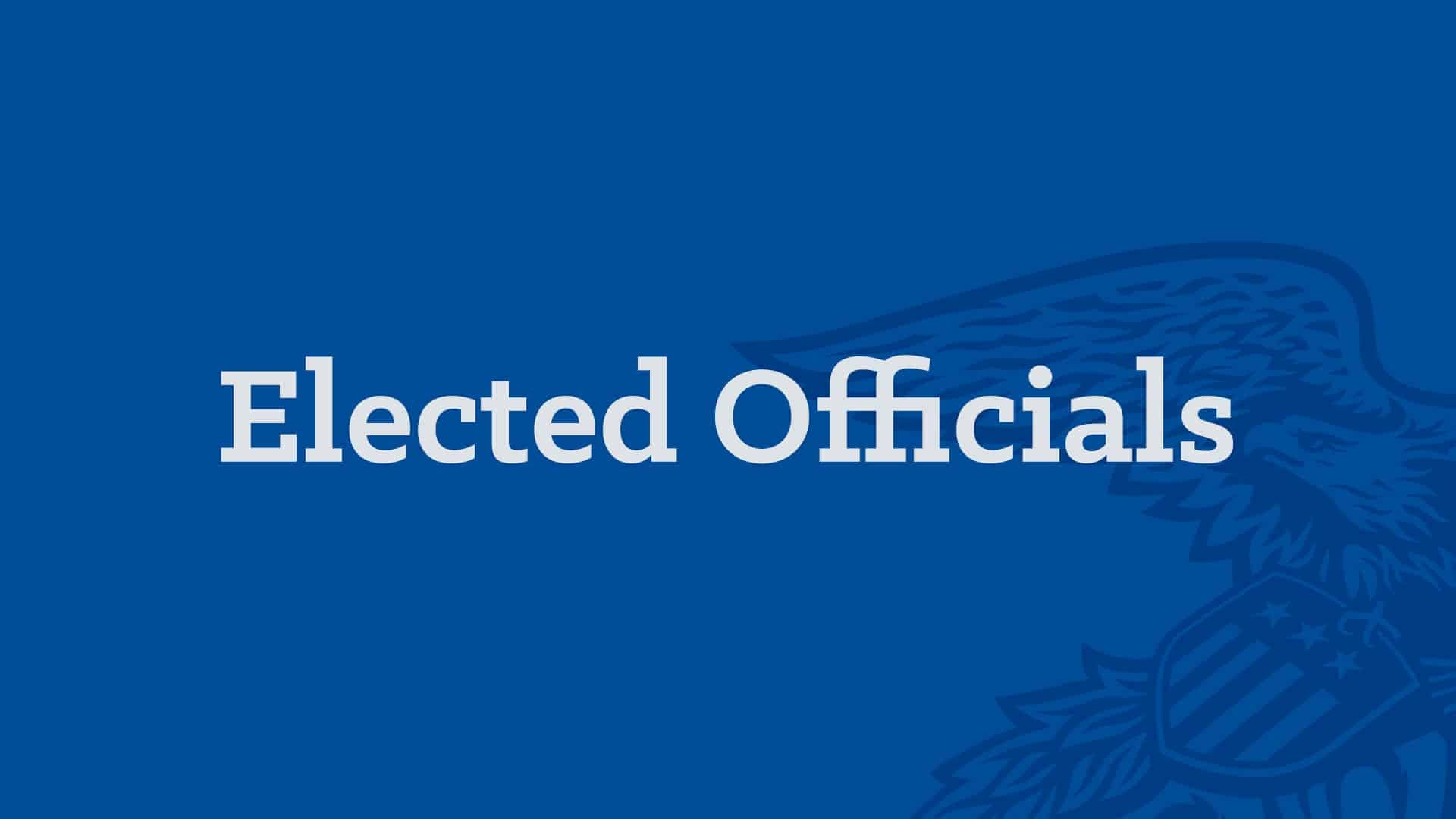
This includes understanding your elected officials and their perceptions of agriculture and FFA. Successful advocates ensure their messaging is appropriate and direct to their intended audience.
RELATED STORIES
A Place to Belong in FFA
Alex Vega, Abbie Wood and Marlee Elder found a sense of home in our organization thanks to the communities they’ve cultivated as FFA members.
An Unexpected Path to Poultry Science
Missouri FFA Alumnus Brayden Selgeby used his talents to earn top honors in the 2023 national poultry evaluation career development event.
6 Buzzworthy Facts About Bees and Honey
Kaelyn Sumner, 2024 American Honey Queen and Pulaski FFA Alumna, shares surprising tidbits about these fascinating creatures.
Alaskan FFA Member Addresses Food Insecurity
Liam Wade uses hydroponics and social media to help promote Alaskan agriculture.

